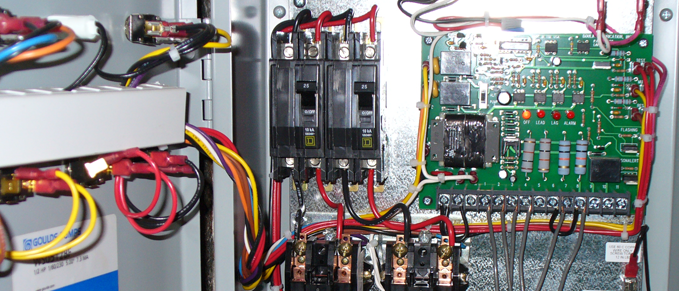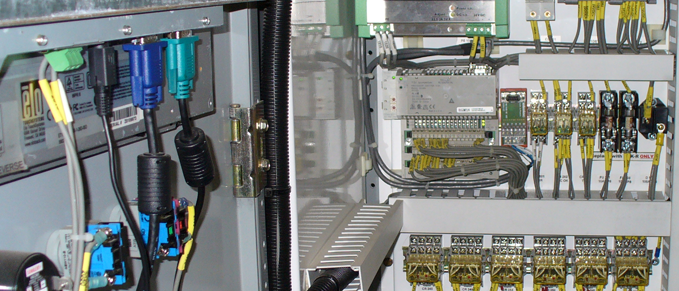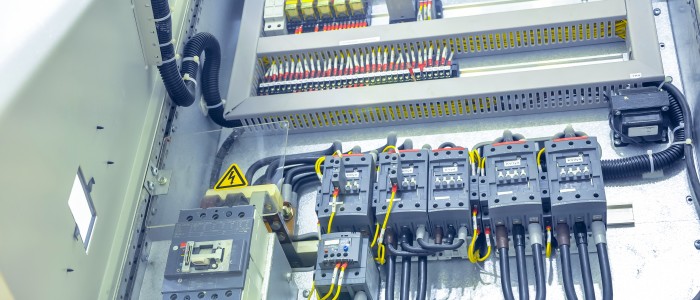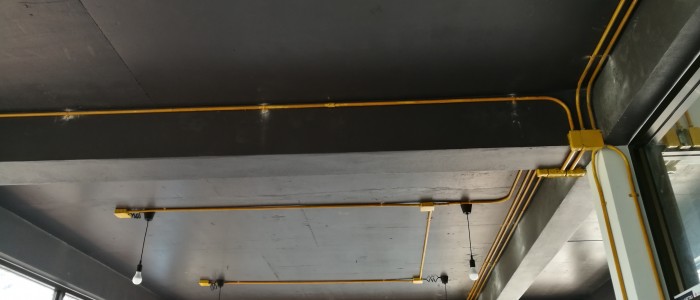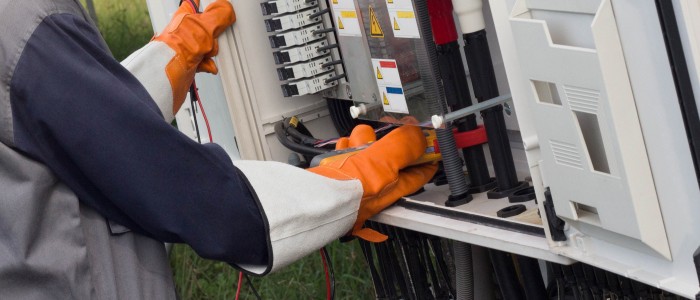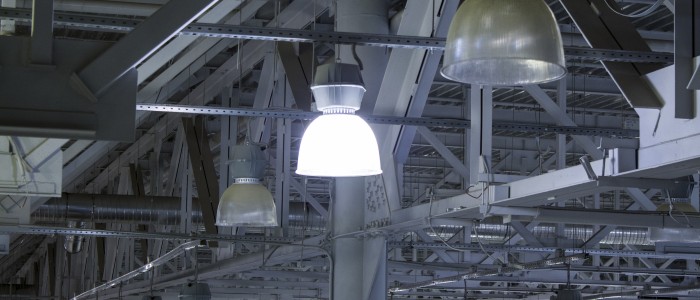Whether your residential lighting has just called it quits during a thunderstorm or your commercial parking lot lighting in Montgomery County is on the fritz after a blizzard, a generator can be a lifesaver when the power goes out. But how exactly do generators function when there’s no electricity to power the device?
Have you ever tried to push two strong magnets together? If you have, you’ve probably noticed that one of two things always happens. First, your magnets might be attracted to one another. If that’s the case, your magnets will fly together, and you’ll have a hard time pulling them apart. However, if the magnets aren’t attracted to one another, you’ll notice that they move in opposite directions—and no matter how hard you try, you cannot force the two poles to stay together.
Generators use magnets to convert mechanical energy into electrical energy. Inside of your generator, there are a few incredibly strong magnets. The magnets are set up in a way that allows them to be attracted to one another and move towards opposite poles but also forces them away from one another at the last second. This creates a very strong electrical field, which creates free-moving electrons from the mechanical energy of the magnets.
The generator also has a wire moving through the electrical field to utilize the free electrons and power your home or business. Many generators use copper wiring because copper allows electrons to move through the material quickly. The wiring essentially tells the electrons where to go—which is usually to your electrical outlets, giving you power even when there is no electricity to be found!
Is your generator ready for the upcoming winter season? A-1 Electric is an independent electrical inspection and repair company providing everything from generator inspections to parking lot lighting installation in Bucks County. To learn more about our team of expert electricians or to schedule an appointment for service, contact us now!





